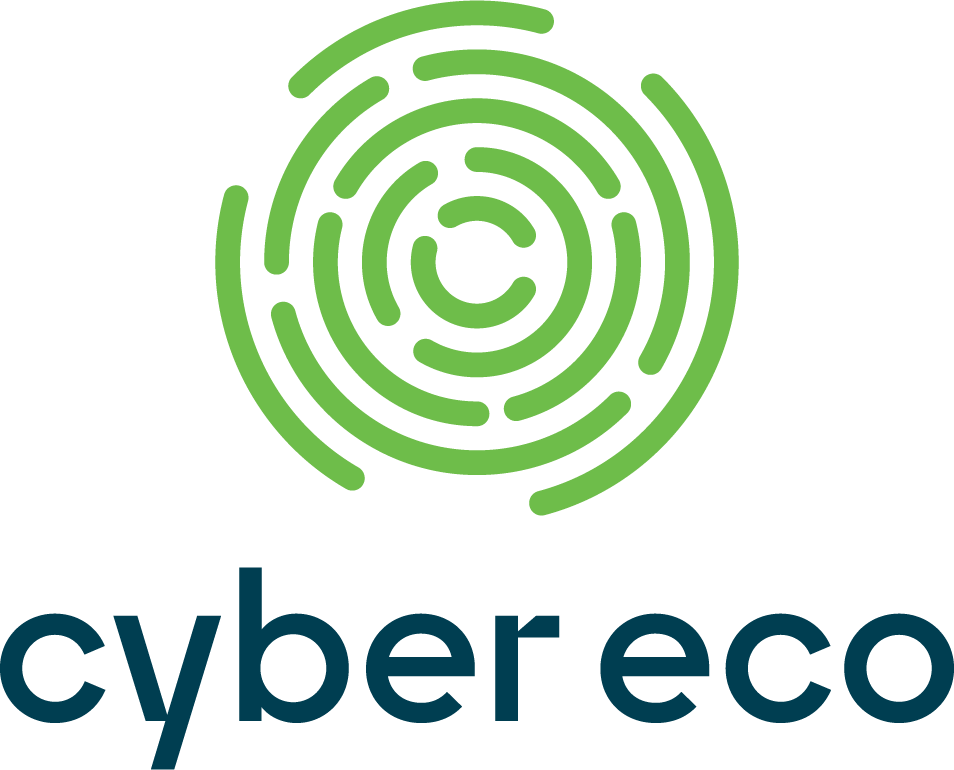May 15 2025
Doors open and Registration - Thursday/Jeudi
🥐 ☕ 🥯 🧃 Déjeuner grâce à Google // Breakfast sponsored by Google 🧃 🍻 🥤 Rafraîchissements offerts toute la journée par Corsek // Refreshments offered all day by Corsek

Opening Ceremony
-
Hugo Genesse
-
Pascal Fortin CyberEco
A Pirate's Guide to Snake Oil and Security
-
HD Moore
Living Off the Pipeline: From Supply Chain 0-Days to Predicting the next XZ-like attacks
-
François Proulx
Nice to meet you! That will be 20 million please
-
David Décary-Hétu Université de Montréal
Salesforce Snafus: Unveiling and Exploiting Security Misconfigurations Using Commonly Used Widgets
-
Jessa Riley Gegax Surescripts LLC
Exploring MSIX Threat Landscape
-
Teruki Yoshikawa NTT Security Holdings
-
Syogo Hayashi
Discussion: AppSec Q&A
-
HD Moore
-
François Proulx
-
Jessa Riley Gegax Surescripts LLC
UNO Reverse Card: Exposing C2 Operators Through Their Own Logs
-
Estelle Ruellan Flare
Red Team Road Rage: Weaponizing Vulnerable Drivers to Blind EDR
-
Jake Mayhew I will be representing UPMC, Applied Technology Academy, and White Knight Labs
One certificate to rule them all: the story of a Chinese-nexus botnet
-
Amaury-Jacques Garçon Sekoia.io
Executing shellcode without changing memory permission in .NET
-
Charles F. Hamilton (Mr.Un1k0d3r) CYPFER
Weaponizing XSS: Cyberespionage tactics in webmail exploitation
-
Matthieu Faou ESET
Linux and IoT malware analysis with r2ai
-
Axelle Apvrille Fortinet
Discussion: Malware Q&A
-
Axelle Apvrille Fortinet
-
Matthieu Faou ESET
-
Alex Perotti
-
Amaury-Jacques Garçon Sekoia.io
Discussion: Red Team Q&A
-
Charles F. Hamilton (Mr.Un1k0d3r) CYPFER
-
Laurent Desaulniers
-
Jake Mayhew I will be representing UPMC, Applied Technology Academy, and White Knight Labs
-
Dorota Kozlowska Black Hills Information Security
-
Jeremy Miller OffSec (Offensive Security)
The Evolution of Malware Distribution Through Ghost Networks
-
Antonis Terefos Check Point Software Technologies
Stolen Laptops - A brief overview of modern physical access attacks
-
Pierre-Nicolas Allard-Coutu Bell Canada
Enregistrement de podcast PolySécure
-
Nicolas-Loic Fortin
Lightning Talks
Thursday Party // Party du jeudi
Excursion sur TikiSec Island qui prendra une tournure festive grâce à la présence de Barbada de Barbades, artiste montréalaise reconnue pour son approche inclusive, sa présence chaleureuse et sa passion pour la culture.
À quoi vous attendre durant l'excursion :
- Animation musicale et humour par Barbada
- Jeux géants et concours de limbo, totalement optionnels, mais toujours amusants à observer (ou à essayer).
- Performance de tambours caribéens de Trinidad et Toboco
- Danseur et jongleur de feu
- Cocktails thématiques à saveur tropicale, incluant des options sans alcool
N'oubliez pas votre tenue Aloha Hacker Chic (optionel) : chemises hawaïennes, colliers de fleurs, jupes de hula et lunettes fumées.Nous avons hâte de vous y retrouver lors de l'excursion.
May 16 2025
Doors open and Registration - Friday/Vendredi
🥐 ☕ 🥯 🧃 Breakfast sponsored by Google // Déjeuner gracieuseté de Google

Opening 2nd day / Ouverture 2e jour
NorthSec 2025 continues!
-
Hugo Genesse
-
Andreanne Bergeron
A Tabletop As Big As the World
-
Wendy Nather 1Password
Why preventing phishing is so difficult, and what we can do about it
-
Michael Joyce
Noise Pollution is Damaging Your SOC: Prevent IoCs From Turning Into Indication of Cacophony
-
Joey D Canadian Centre for Cyber Security (Cyber Centre)
When the threat actor lives under your roof: Fighting Technological Violence in Domestic Abuse Cases
-
CatherineDG Cyber Citoyen
Oops, I Hacked It Again: Tales and disclosures
-
Ignacio Navarro N/A
Vulnerability Haruspicy: Using Woo To Confirm Your Biases
-
Tod Beardsley runZero
Exploring Azure Logic Apps and Turning Misconfigurations into Attack Opportunities
-
Raunak Parmar White Knight Labs
-
Chirag Savla White Knight Labs
runZero video
Vidéo de notre partenaire runZero // Sponsored video by runZero
Enhancing Identity Credential Privacy with Zero-Knowledge Proofs
-
Christian Paquin Microsoft Research
Exploiting the not so misuse-resistant AES-GCM API of OpenSSL
-
Félix Charette
How not to do ML: Showing the Negative Impact of Improper CVE Feature Selection in a Live Exploit Prediction Model
-
François Labrèche Sophos
Uplevel your security program with AI
-
Aditi Bhatnagar Offgrid Security
Discussion: ML Q&A
-
Logan MacLaren GitHub
-
Aditi Bhatnagar Offgrid Security
-
François Labrèche Sophos
Persōna Theory: Infiltration and Deception of Emerging Threat Groups
-
Tammy Harper Flare










